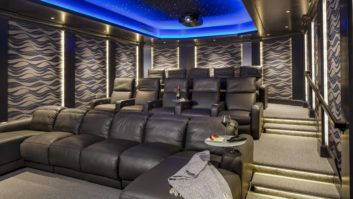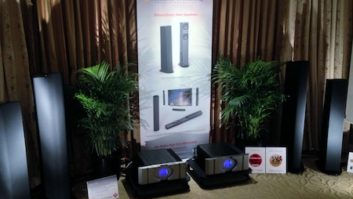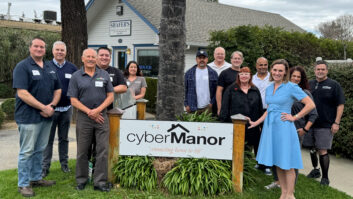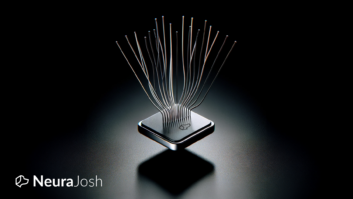When ‘Tactile Stimulation Devices’ are Right for a Project

Anthony Grimani ([email protected]) is president of Performance Media Industries, with offices in Novato and San Anselmo, California.
As an electronic systems contractor, you should always be on the look out for ways to enhance your business and make your services more attractive to clients. With prices falling for traditional items like projectors and screens, you have to find new avenues for revenue as well.
One way you can do this is to extend the home entertainment experience into the tactile realm. People just love to feel the bass impact of a movie or the slam of a big concert PA rig.
Traditionally, bass impact is provided by big subwoofers and lots of them, and this is still the best way to do it. However, there are circumstances when that approach doesn’t work. The hardware may not fit in the room; some people don’t listen loud enough for subwoofers to do their thing; or, perhaps there are whiny neighbors or someone else in the house who would be bothered by that much bass. Then there are rooms where it’s not physically possible. Standing waves can cancel out bass energy, and floors constructed of concrete don’t vibrate regardless of how much “subwoofing” power you employ. Fortunately, there is a solution out there: electro-mechanical tactile stimulation devices.
Tactile stimulation devices fall into two broad categories, with slight variations. The most common is what I call low-frequency tactile enhancers. These devices essentially assist the sound system with the playback of the bottom frequencies from 15Hz to 60Hz. They can supply the feedback of low-frequency energy that is not being produced by the subwoofers for whatever reason.

Tactile enhancers generally work by reading the low-frequency content in the soundtrack and translating it into physical energy that activates shakers or motion actuators for an individual chair, a specially made floor, or a platform. They can be adjusted to respond to only the very lowest frequencies in a soundtrack or opened up to much higher frequencies in the neighborhood of 500 Hz, by use of an adjustable low-pass filter on the amplifier powering them. Then, of course, is the all-important level control.
A company called Crowson has probably taken this concept the furthest. Rather than using simple transducers, they go for linear actuators. They can also look at left-right stereo content and provide different signals to motion actuators placed under the left and right legs of the seating.


Currently, the only company offering a motion simulation system is D-BOX Technologies. Their motion actuators can be built into individual seats, or installed on platforms for entire rows.
Some of the other common names you’ll find in the world of low-frequency tactile enhancers are Aura Bass Shakers, Guitammer ButtKickers, Clark Synthesis, and Earthquake Audio tactile transducers. These vary in terms of prices and quality, so you shouldn’t have a problem finding ones to match any budget.
The second category uses motion actuators instead of shakers and actually moves the seating in sync with the action on screen. A special motion code track is created by a programmer for the movie and then is kept synchronized by reading the digital audio bits of the soundtrack. This type of system carries the advantage of being able to simulate full-on motion in addition to vibration.
Currently, the only company offering a “motion simulation system” is D-BOX Technologies. Its motion actuators can be built into individual seats, or installed on platforms for entire rows. The system can also be run in audio-only mode, which works just like other tactile systems. While this system does have the limitation of requiring code to be written for every program, it carries the advantage of the motion simulation or vibration being created and custom-tailored by the filmmakers to the program material.
D-BOX systems are very sophisticated and specialized, which makes them an ideal item for ESCs to feature. It’s highly unlikely that an individual consumer, or even a big-box retailer, would attempt to install a system like this on its own. D-BOX can become extremely annoying when overused. An additional advantage the custom integrator brings to the table is being able to configure all of these systems to a reasonable level that enhances the experience rather than overwhelming it.
Regardless of the reputation it gained in the past, tactile simulation is now part of filmmakers’ creative palette. D-BOX motion data is actually now being created from the start for specific movies, and real movie theaters are employing these systems to reproduce it. It can no longer be argued that tactile and motion simulation is just a gimmick.
Chase Walton contributed to this column.







